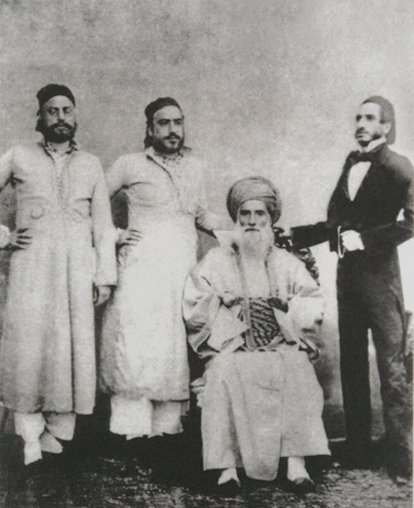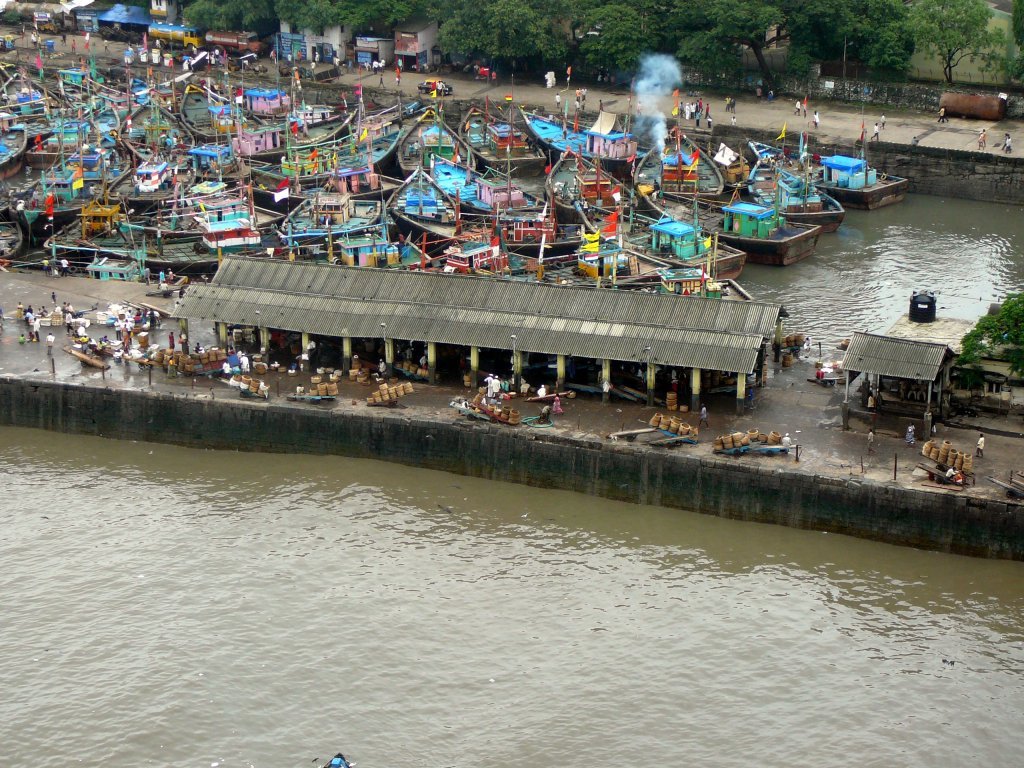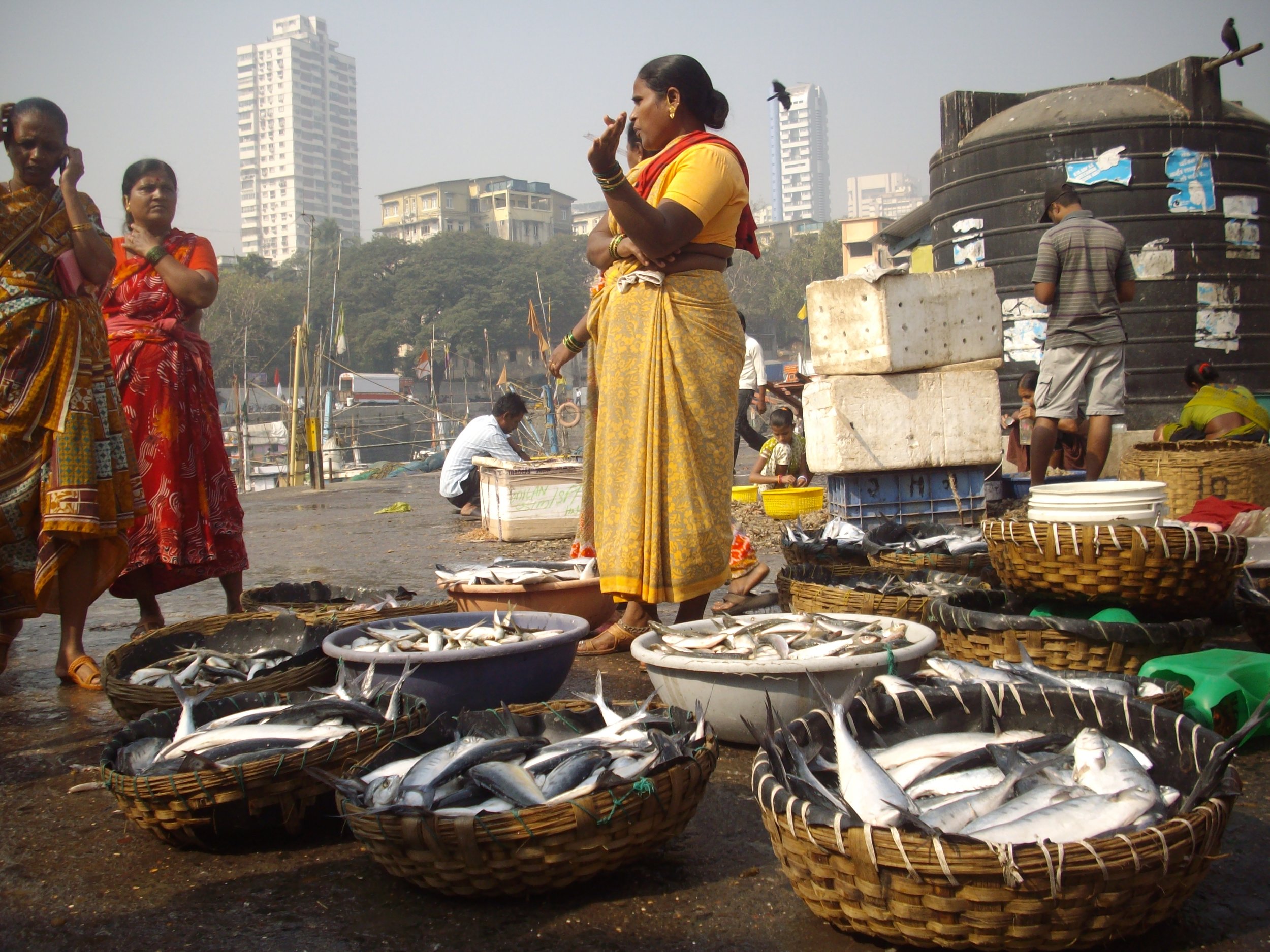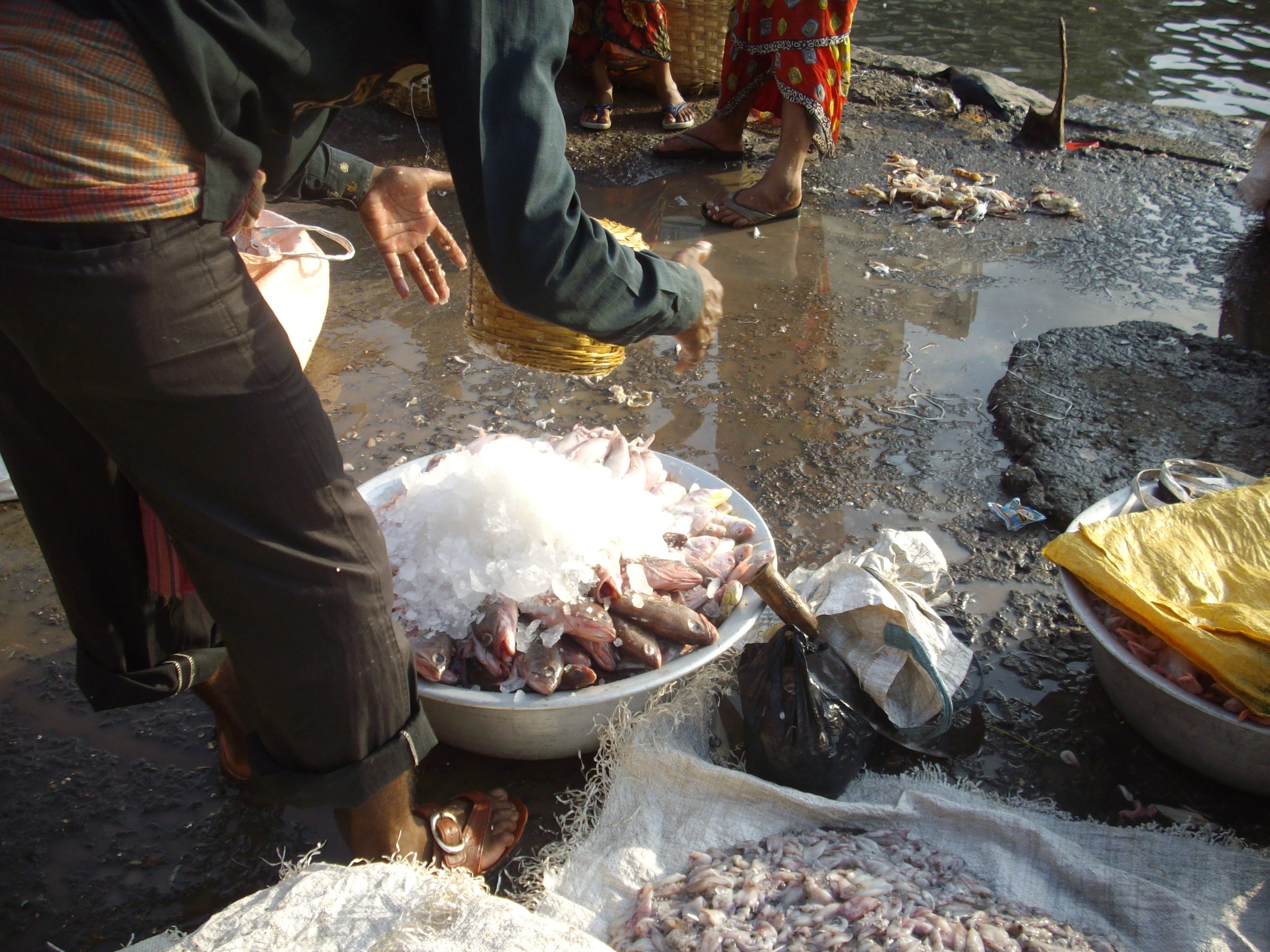WALK THE DOCK
The past is everywhere and nowhere.
According to Aldo Rossi ‘… a city remembers through its built forms so preservation of old buildings is analogous with the preservation of memories.’ Present day Mumbai is so intent on reflecting global narratives that it becomes difficult to place shared spaces like dock and mills in it. In fact, the city has little to say about them.
All very well! But it is imperative to understand that even though the docks represent the beginnings of Bombay as a commercial and maritime capital – a global check point connecting the occident with the orient, they were never a walk-in-the-park public spaces in the real sense. They weren’t exactly ‘open’ to people, save the ones who worked there. So, there is a need to seek out new forms by which to narrate the histories or simply invite urban public into them.
*Walks charting a course through art on view at Sassoon Dock by St+Art’s Mumbai Urban Art Festival is one such way. It is on until Feb 23, 2022, so do not miss it!
Image: St+Art, Mumbai Urban Art Festival
Here is adding a bit on the Sassoon Docks from years of conducting Lin Baba’s Colaba book-worming tour that always ended at the spot, weaving the ‘paani ka kaam’ from the long-crowded narrative of Shantaram by Gregory David Roberts.
THE STORY OF THE SASSOONS
David Sassoon fled due to Muslim persecution from Baghdad and arrived in Mumbai in 1833. The city became his sanctuary where he could live and conduct business under the East India Company protection. He started with a counting house and a carpet godown and by the end of 1850s silver, gold, silk, spices, opium, cotton, wool, wheat and whatever else moved over sea or land from the port bore the mark of Sassoon & Co. The East India Company had a unique managerial style wherein in any particular country all trading, business and commerce was handed to one, at the most two, business houses, that too family owned. For example, The House of Sassoons was one in India trading in Opium mostly, House of Jardin & Matheson looked after distribution in China, Inchcape for shipping and Rockefeller in America. In the beginning David Sassoon wanted to trade Cotton with China but the latter was not interested. Britain wanted Chinese tea but the Qing dynasty had no interest in anything the Brits produced however they were willing to trade for silver. That was a problem for Queen Victoria did not want her country’s reserves of gold and silver go in buying tea. David Sassoon saw an opportunity in trading opium in exchange for tea and made the proposal to the Queen - the rest is history, with the Sassoons contributing significantly to the prosperity of the East India company.
David Sassoon & his sons Elias, Albert & Sassoon D. Image Courtesy: Wikipedia
On the back of opium trade came textiles. David Sassoon was quick to realize that his fortunes lay in making fabrics in Mumbai, instead of importing them from Lancashire. Thus came the cotton mills. The Sassoons made a windfall when the supply of cotton was choked during the American Civil War (1860-1865). He continued trading in textiles, making him intrude on a turf that the Parsis and the Gujaratis considered their own. Not surprisingly, the Sassoons found difficult to get berths at the jetties around Ballard Pier.
In came the Sassoon Dock, formally inaugurated on 8th June 1875. It was built (and owned) by David Sassoon’s eldest son, Albert Abdullah David Sassoon.
SASSOON DOCK
With an area of 20,000 sq. ft, wrestled back from the sea, Sassoon Dock became the first commercial wet dock in Western India. Docks used for berthing of ships and vessels to facilitate the loading-unloading of passengers and cargo are wet docks. The water is shut in and kept at a level to facilitate the loading and unloading.
The combination of opening of the Suez Canal, that reduced the distance between India and England by half, and Albert Sassoon’s far sightedness in setting up this small docking facility changed the fortunes of the family and that of the city. The British government, insecure of the growing power and profits of private entrepreneurs trading from their own facilities, withheld permission to Sassoon & Co trade or ship merchandise from their own dock. Once the Bombay Port Trust took over, the dock gradually declined as a small facility for the fishing community and repair yard. Larger docking facilities, Princes & Victoria Dock also came in and draft of the dock reduced further. Gradually, the area was used by the neighboring Koli communities as a landing space and continues to offer a lot.
Dock view. Image Courtesy: Wikimedia Commons
ALL THINGS FISHY
Sassoon dock’s presence, activity, transaction and bazaar ethos is intrinsically Mumbai. It is not organized or systemized but there is an intangible order in exchange, through a series of stakeholders - what works today is what worked years ago!
The fish bazaar is a place where small and big boats arrive from the sea with their catch. Basketful of fish are flung across from the boats on to the jetty, moving across the dock and people – from big baskets to small baskets to plastic bags and from fishermen to fisherwomen to auctioneers, fish vendors, regular buyers or wholesalers, who in turn sell it across the city. As the baskets fill the roofed sheds along the center, the bargains begin. While the spot auctions and negotiations are on, it is the basket watcher’s job to mind the baskets. They charge a small sum per basket. The basket watchers do not move from their place but their eyes catch every movement around them.
Of all negotiations, the fish auctions are the most interesting. The auctioneer says the price and persists with number calling, pointing from person to person in a small circle around him until someone raises the bid. The potential buyers take turns to check the fish. When the auction peaks, the highest bid is called a few times before the fish is declared sold. The paati kamgars (dock workers) further transport the fish from the auction site.
The perishability of fish gives rise to another enterprise – selling of ice. Outside the market gate are small ice factories who sell crushed ice. Each basket is covered with one or two measures of crushed ice. It is both important and immediate!
FUTURE READY
Originally built for trade and business, Sassoon Dock not only sustains a community of fisherfolk but also nurtures their culture around the activity. In 2018, it was announced by the Ministry of Animal Husbandry, Dairy & Fisheries Development of Maharashtra that the dock would undergo a major revamp. The space has stood the test of time and managed to develop a vibrant working system for itself and its people. One can hope that the ‘revamped’ dock manages to retain the vivid colors, charm, history and culture of the place.
One can only hope!
A quiet after- morning view, Sassoon Dock Image: Shriti K Tyagi
SOME REFERENCES:
Joseph Sassoon. The Global Merchants: The Enterprise and Extravagance of the Sassoon Dynasty. Allan Lane, 2022 (part ref)
Gyan Prakash. Mumbai Fables. 2011
Palak Gadodia Thesis, The B-Plan, alternate plan for re-inventing the Eastern Waterfront's identity, Mumbai. 2013
www.questionofcities.org
www.stirworld.com
Rahul Mehrotra, UDRI + Study of The Eastern Waterfront of Mumbai









